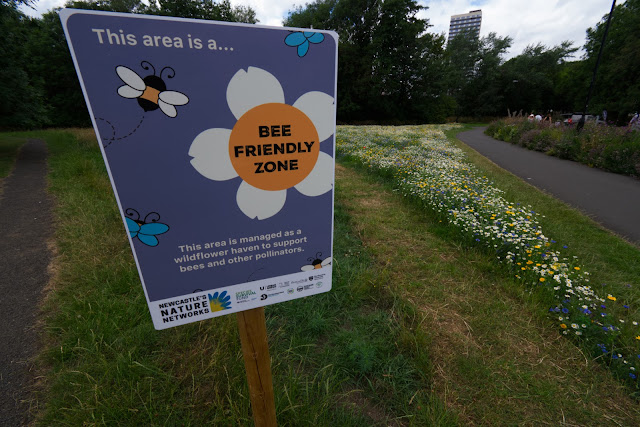The old (very old) and hideous Tyne & Wear Council building that looked like something in East Germany containing not very nice people has had a long facelift. Maybe Covid 19 slowed the pace? But is was worth the wait in my opinion. Making something that challenging look good would test the minds and budget of any of those 'improvements' shows on the telly.
Former clip built concrete slab box springs into new life. The work entailed gutting the interior (and doubtless removing pre-healtha nd safety hazards ...) The result is not just a facade.
The new building seems to embrace its site with something like delight.
My hope is that this residential development impacts on the neighbourhood positively. One issue for this writer is pedestrian access. This involves either using discredited tunnels (avoid) or under slung pathways. Not good. A solution should be found.
A much less warm welcome from me for the new government offices on Pilgrim Street. The building is so-so; at least the architecturally significant sweeping facade of the old North East Electricity Board building on Market Street has been preserved – indeed lovingly so. But it is the scale and position of the site that gives rise to issues. It seems wrong in terms of access and the direction of travel for this part of the city; a more cultural focused area. Space elsewhere to the east is crying out for such a development as this and the traffic implications for the city centre much less problematic. I suppose the temptation to grab a damn great feather to stick in their cap was just too much of the mediocrities who run Newcastle.
It is interesting how one new building makes one look at an older, now neglected one, in a new way. Pearl building Brutalism meets Neo-Festival Britain modernism
Impressive is a word that fits this dramatic cliff of Portland stone.






















